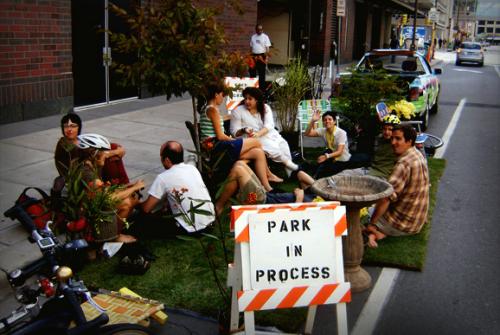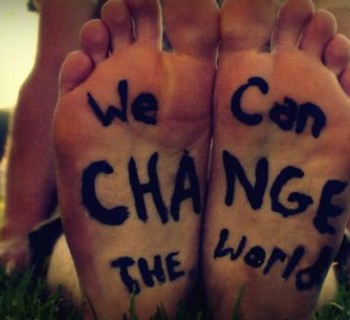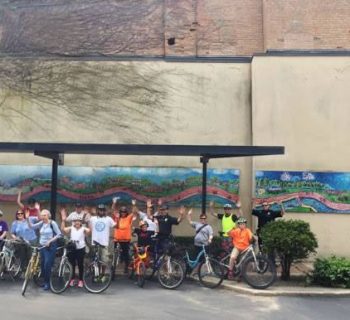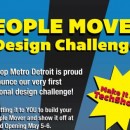When citizens become familiar with the numerous problems that plague cities, like sprawl, public safety or housing, it often inspires an onslaught of ideas seeking change within the municipal and social fabric of which our cities are made.
Ideas are great, but what about implementation?
A new book by U.S. Green Building Council Co-founder Ann Thorpe, Architecture & Design Versus Consumerism: How Design Activism Confronts Growth, delves into the ideas of design and sustainability, not just by drawing connections, but by investigating how to activate sustainable design ideas.
Polis picked up on this theme and decided to explore how designers and activists can mobilize the population and take action on an idea. One of five themes for activism in the book is mobilization, and tackles the complex duty of engaging people with urban places.
Using examples like Parking Day and design competitions, Thorpe argues events like these can help publicize important issues, attract design services and recruit sponsors for projects seeking to solve problems.
And while some critics say too much time is spent on competition proposals that just end up "on storage room shelves," others argue these events "raise awareness and develop a knowledge base about the potential of sustainable design."
Architecture for Humanity believes many important organizations are born out of competitions like these, and that designers often use use the processes and ideas created for the competitions in future projects.
"One of the most important things about mobilization is its value as a conceptual tool for engaging people and signaling the need for change," says Thorpe, who also penned the The Designer's Atlas of Sustainability. "It also stretches designers to consider initiatives that lie beyond the boundaries of a single project. In addition, it gives designers a common language to use with other activists."
We agree, Ann. Let's mobilize.










